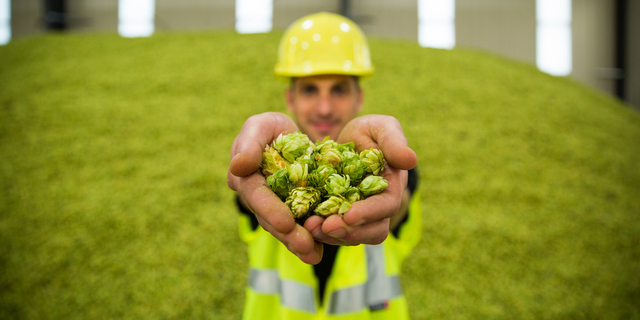
Canada’s malting and brewing industry is extensive and is worth $2.9 billion annually, but McGill researcher Jaswinder Singh has made a discovery that could make it bigger and better.
“Our findings advance the understanding of the malting process and may provide gains for brewers,” says Prof. Singh, of McGill’s Plant Science Department.
In a study published in PNAS, Jaswinder Singh’s team describes a new protein, TLP8 (Thaumatin—Like Protein), which manages the amount of β-glucan in barley grains, best known as the vital ingredient of beer. “We found that during grain germination, TLP8 binds to β-glucan and significantly lowers its amount in the barley malt,” Singh explains.
Many brewers know that too much β-glucan, a dietary fibre and key sugar found in barley, can complicate beer brewing and ruin the barrel.
During malting and germination, physiological modifications occur inside barley grains that lead to starch, protein and cell wall sugars such as β-glucan being cut up into smaller pieces, a process known as hydrolysis. If not properly hydrolyzed, β-glucan produces a highly viscous wort, which leads to a slower filtration and haze formation during brewing.
Penn State explains almost everything you need to know about malting barley in Pennsylvania
With the right conditions, professor Singh believes that higher concentrations of TLP8 could lower β-glucan levels and improve the brewing process and beer quality.
Over 65 percent of all Canadian malt is exported to more than 20 countries around the world, making Canada the world’s second-largest malt exporter.
The study, “Redox-dependent interaction between thaumatin-like protein and β-glucan influences malting quality of barley” was just published in the journal “Proceedings of the National Academy of Science. The research was funded by NSERC and BMBRI (Brewing and Malting Research Institute).





Leave a Reply
You must be logged in to post a comment.